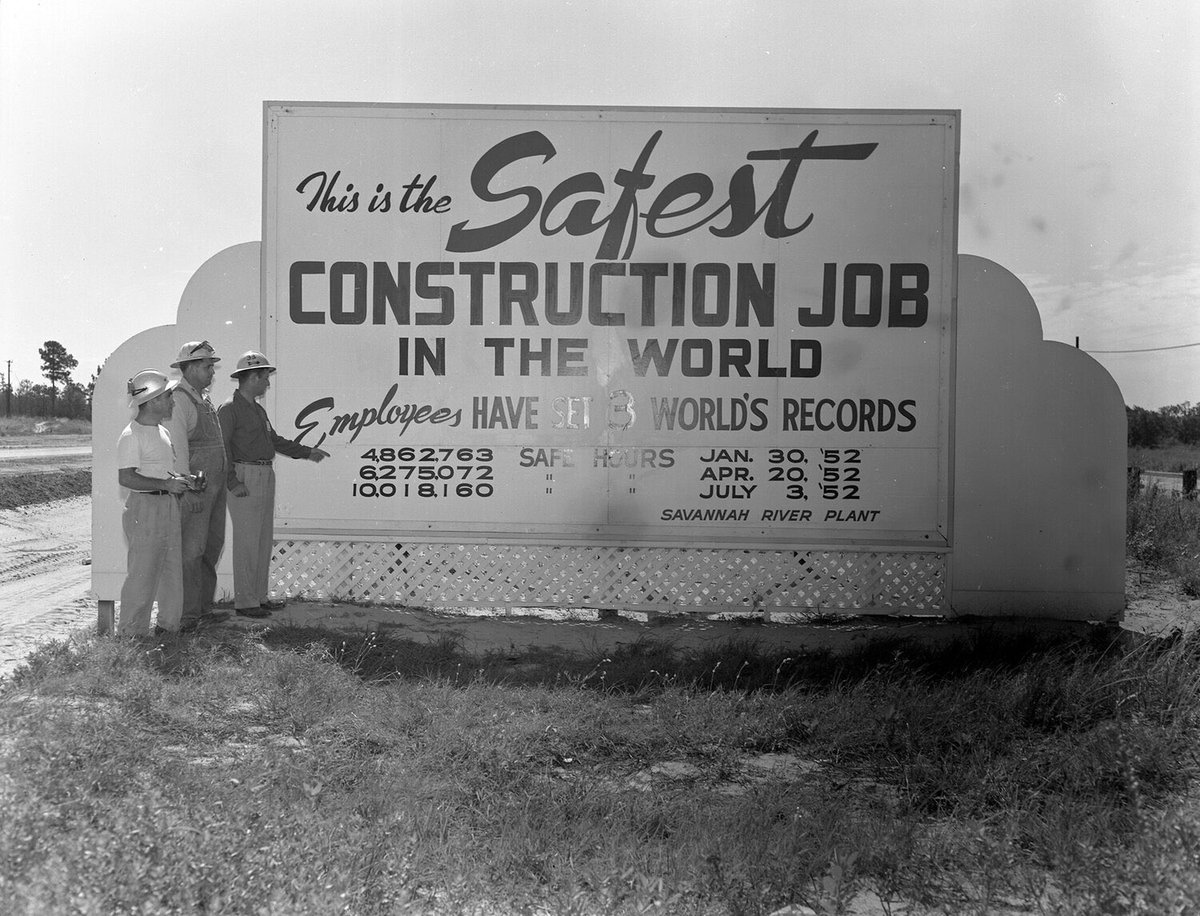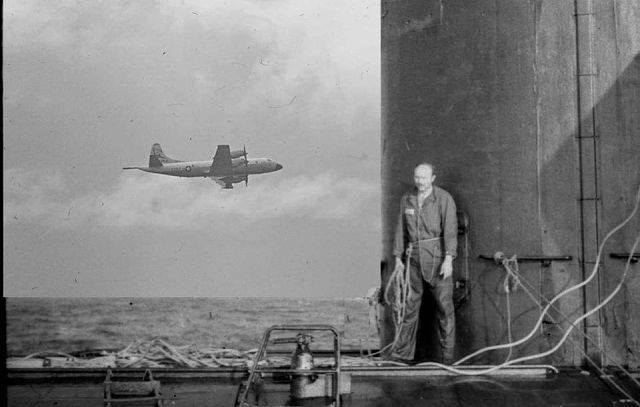Seventy years ago today, President Truman secretly approved the congressional Joint Committee on Atomic Energy’s so-called 50-150 expansion program, directing the Atomic Energy Commission to arbitrarily increase production of plutonium by 50% and highly enriched uranium by 150%. 

Thus a decade later, the US nuclear stockpile soared from 841 bombs to 25,540 bombs/warheads. The JCAE—with the Joint Chiefs of Staff’s approval—urged an expansion in May 1951. AEC objected to an open-ended plan, arguing for specific military requirements. JCAE and DOD won out. 

Although the 50-150 program was highly-classified information, JCAE chairman Senator Brien McMahon (D-Connecticut) infuriated the Atomic Energy Commission and President Truman by leaking word of it to the press immediately after meeting with Truman about it on January 17. 

Among the facilities constructed under the 50-150 program: the Savannah River Plant in SC—incl. 5 heavy-water reactors and 2 new reprocessing plants; 5 new reactors at the Hanford Reservation in WA, plus a new reprocessing plant; and 2 new gaseous diffusion plants in KY and OH. 

The 50-150 expansion program employed about 5% of the total US construction workforce. At Savannah River alone, the concrete required was sufficient to lay a sidewalk 5 feet wide and 6 inches thick from coast to coast. The steel used would have filled a train 38 miles long. 



• • •
Missing some Tweet in this thread? You can try to
force a refresh


























